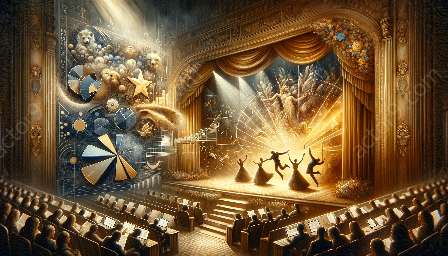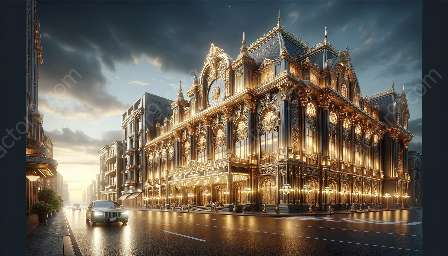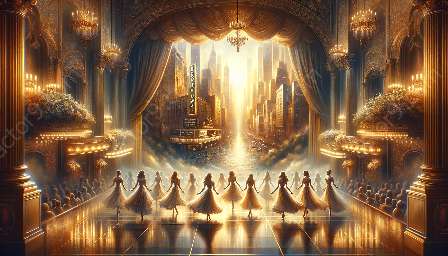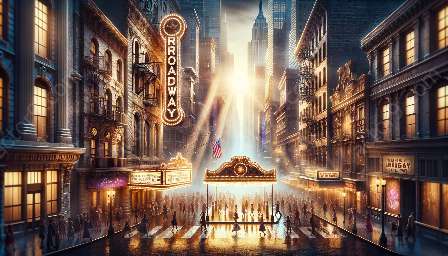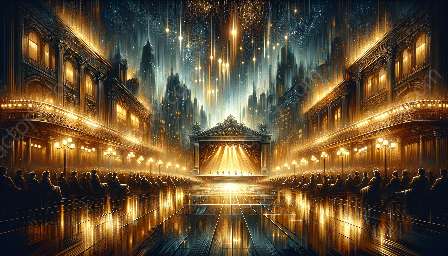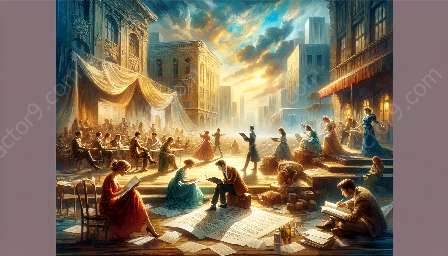When it comes to the world of entertainment, few places hold as much significance as Broadway. The iconic theatre buildings that line the streets of this vibrant district are not only home to some of the most beloved musicals and plays, but they also represent a fusion of historical and architectural significance.
The History of Broadway Theatre Buildings
The history of Broadway theatre buildings dates back to the 18th century when New York City started to emerge as a major cultural hub. The earliest theatres were modest structures, but they laid the foundation for what would become the iconic structures we know today.
Over the years, Broadway has seen a variety of architectural styles, ranging from the elaborate Beaux-Arts designs of the early 20th century to the sleek modernism of more recent additions.
Architectural Significance of Broadway Theatres
Each Broadway theatre building has its own unique architectural significance, reflecting the trends and movements of the time in which they were constructed. From the opulence of the Gilded Age to the streamlined art deco style of the 1920s and 30s, these buildings stand as testaments to the evolution of architectural design.
The iconic theatres of Broadway have also played a crucial role in shaping the cityscape of New York City. Their architectural grandeur has contributed to the cultural and historical significance of the district, attracting visitors from all over the world.
Exploring the Architectural Styles
Beaux-Arts, Art Deco, and Modernism are just a few of the architectural styles that can be found among the Broadway theatre buildings. These styles not only reflect the artistic sensibilities of their respective eras but also serve as showcases for the craftsmanship and engineering prowess of the time.
Distinctive features such as ornate facades, intricate carvings, and majestic marquee signage have become synonymous with Broadway theatre architecture, creating a visual spectacle that complements the vibrant performances within.
Preserving the Architectural Legacy
Preservation efforts have played a vital role in maintaining the architectural legacy of Broadway theatres. Many of these historic buildings have been designated as landmarks, ensuring that their architectural significance is safeguarded for future generations to appreciate.
By protecting these iconic structures, the architectural heritage of Broadway continues to thrive, offering a tangible link to the past while inspiring future generations of theatre enthusiasts and architects alike.
Conclusion
The iconic Broadway theatre buildings stand as living testaments to the fusion of history, culture, and architectural design. Their significance extends beyond the performances held within their walls, serving as beacons of artistic achievement and cultural expression. As the legacy of Broadway and musical theatre continues to evolve, these architectural gems remain as enduring symbols of creativity and innovation.










